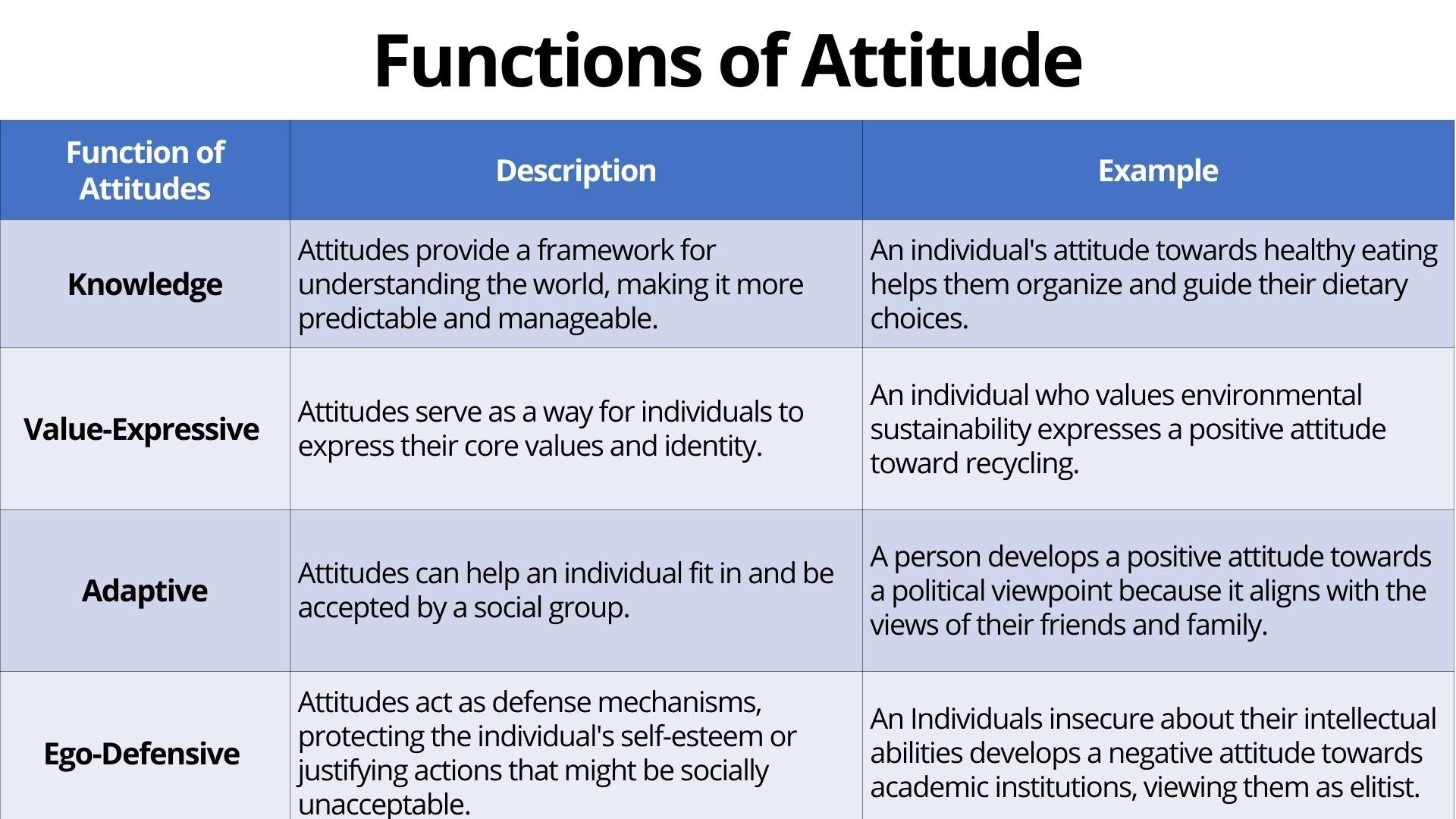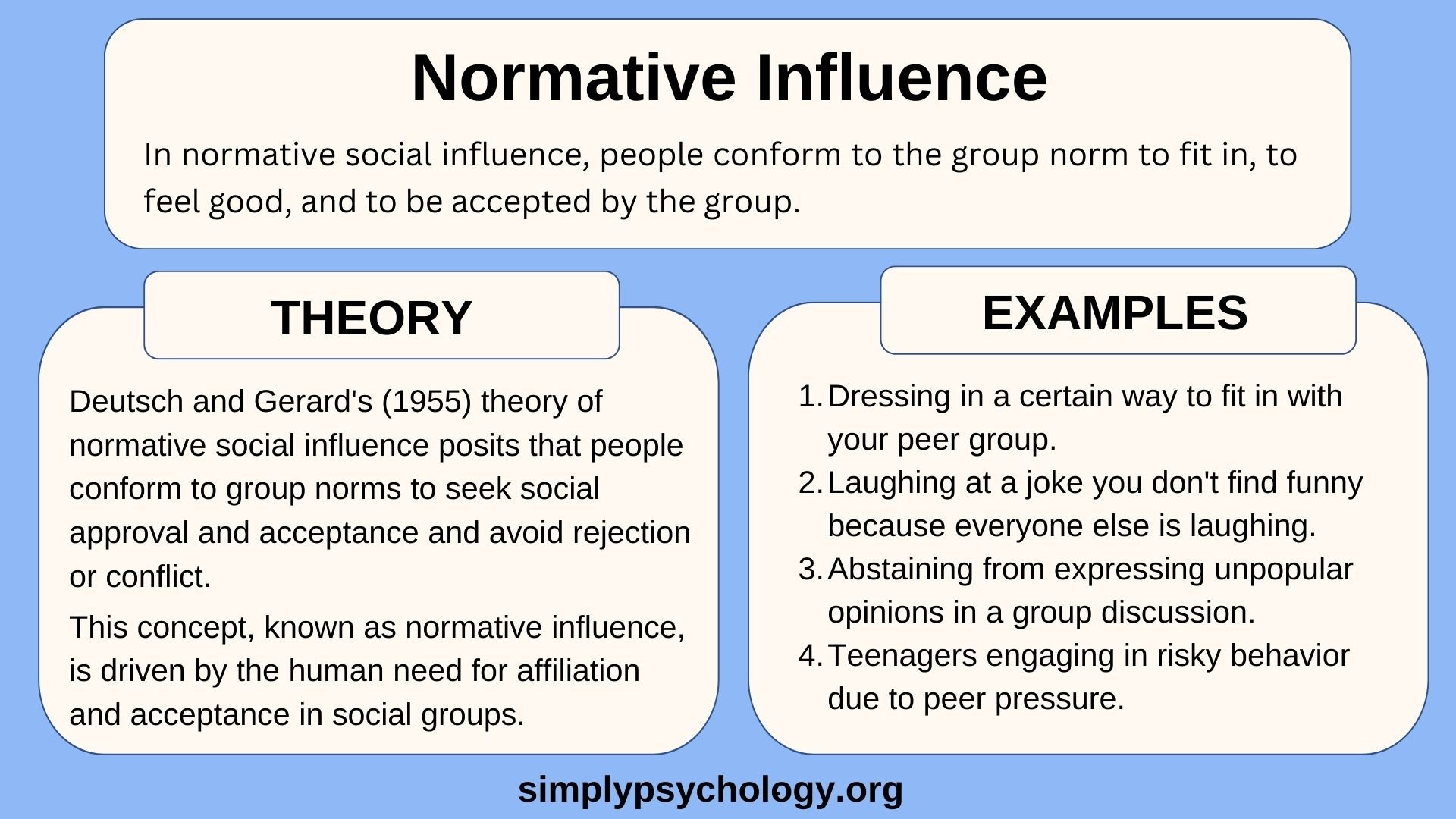There are many ways that people can influence our behavior, but perhaps one of the most important is that the presence of others seems to set up expectations
We do not expect people to behave randomly but in certain ways in particular situations. Each social situation entails a particular set of expectations about the “proper” way to behave. Such expectations can vary from group to group.
Social roles emphasize the duties and behaviors attached to a specific position, and social norms dictate broader behavioral guidelines within a community or group.
Social Roles
One way these expectations become apparent is when we look at the roles people play in society.
Social roles refer to the behavior patterns expected of individuals in different situations and settings based on their specific position within a social unit. These roles come with rights, responsibilities, expectations, and social norms.
Examples include roles based on family (e.g., parent, sibling), occupation (e.g., teacher, doctor), or societal functions (e.g., leader, citizen).
Social roles help structure interactions within groups, providing a framework for understanding what is expected of individuals in various contexts. They are crucial in shaping individual behavior, identity, and social dynamics.
Social roles can contribute to societal stability by creating predictable behaviors and interactions. In this sense, they serve a functional role that validates their existence and persistence.
Social roles are the part people play as members of a social group. With each social role you adopt, your behavior changes to fit the expectations both you and others have of that role.
In the words of William Shakespeare:
All the worlds a stage,
And all the men and women merely players:
They have their exits, and their entrances;
And one man in his time plays many parts.
These lines capture the essence of social roles. Think of how many roles you play daily, e.g., son, daughter, sister, brother, student, worker, friend, etc. Each social role carries expected behaviors called norms.
While social roles provide a framework for behavior, they can also be limiting. They can perpetuate stereotypes, hinder personal expression, and promote inequalities. For instance, rigid gender roles can limit opportunities and potentials for individuals.
Social Norms
Social norms are the unwritten rules of beliefs, attitudes, and behaviors that are considered acceptable in a particular social group or culture.
Norms provide us with an expected idea of how to behave and function to provide order and predictability in society. For example, we expect students to arrive at a lesson on time and complete their work.
Norms provide order in society. It is difficult to see how human society could operate without social norms. Humans need norms to guide and direct their behavior, provide order and predictability in social relationships, and make sense of and understand each other’s actions. These are some of the reasons why most people, most of the time, conform to social norms.
The idea of norms provides the key to understanding general social influence and conformity. Social norms are the accepted standards of behavior of social groups.
These groups range from friendship and workgroups to nation-states. Behavior that fulfills these norms is called conformity, and most of the time, roles and norms are powerful ways of understanding and predicting what people will do.
Examples
Norms are defining appropriate behavior for every social group. For example, students, neighbors, and patients in a hospital are all aware of the norms governing behavior. As individuals move from one group to another, their behavior changes accordingly.
These norms can vary widely between cultures, regions, and individual societies, and what’s considered normal or acceptable in one context may not be so in another.
- Greetings: Shaking hands when meeting someone in many Western cultures, while bowing is customary in countries like Japan.
- Dining: Using forks and knives for eating in Western societies, whereas chopsticks are used in many East Asian countries.
- Dress Code: Wearing formal attire in corporate settings, or covering one’s head in places of worship in certain religions.
- Queueing: Waiting in line for one’s turn, such as at a supermarket checkout or bus stop.
- Hygiene: Covering one’s mouth when coughing or sneezing.
- Punctuality: Being on time for appointments or meetings is expected in many cultures.
- Personal Space: Maintaining a certain distance when speaking to someone, with variations based on cultural norms.
- Public Behavior: Keeping voice volume down in public places like libraries or cinemas.
- Reciprocity: Sending a thank-you note after receiving a gift.
- Digital Etiquette: Not looking over someone’s shoulder while they’re on their phone or avoiding loud phone conversations in public transport.
Conclusion
There is considerable pressure to conform to social roles. Social roles provide an example of social influence in general and conformity in particular. Most of us, most of the time, conform to the guidelines provided by the roles we perform.
We conform to the expectations of others. We respond to their approval when we play our roles well and to their disapproval when we play our roles badly.
But how far will conformity go? Zimbardo’s Stanford Prison Experiment illustrates the power of social roles in relation to conformity.







